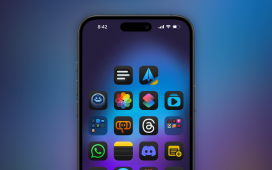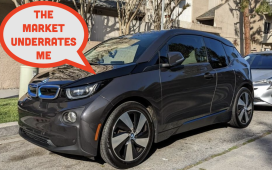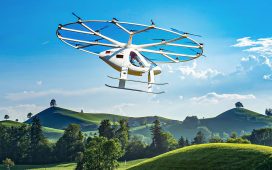The new iPhone 16 Pro and iPhone 16 Pro Max on display (Photo by Stanislav Kogiku/SOPA … [+]
The iPhone 16 Pro may have been “built from the ground up for Apple Intelligence” but the iPhone 16 family is not the only iPhone option for iOS’ new generative AI features.
The iPhone 15 Pro and iPhone 15 Pro Max will run Apple Intelligence. Rather than pay a premium for the new flagships in the hope that the AI software will deliver on Apple’s promises, the 15 Pro models offer broadly the same experience as the 16 Pro models. As they are one generation behind, consumers could have expected them to see a discount and become the “affordable Pro” model for those wanting AI on their iPhone.
Instead, Apple has cancelled the iPhone 15 Pro and 15 Pro Max.
IMAGE
It’s worth noting that the iPhone 15 Pro and iPhone 15 Pro Max are the only iPhones that run the A17 Pro chipset. The companion iPhone 15 and 15 Plus run the A16 chipset. The iPhone 14, iPhone 14 Plus, iPhone 13 and iPhone 13 Plus remain in the range; all of these use the A15 chipset.
The last iPhone still available is the third-generation iPhone SE, running the A15 chipset. Yet there are strong indications that Apple will be refreshing the iPhone SE in March 2025, which means stock on the current SE will need to be run down.
Cancelling the A17 iPhones will not wholly rid Apple of the chipset—spare parts will be needed for many years to come, although the support lifespan would have been factored into the production and design roadmap. If we put the support issue aside and focus on the new iPhones Apple sells, it has reduced the complexity of its chipset by twenty-five percent. Depending on the iPhone SE fourth-generation specs, it might have reduced it by nearly forty percent.
I’m confident that managing the supply chain in this way has played a part in the decision, but I’d suggest there is a psychological reason to sit alongside the practical.
The rise of generative AI has seen the various AI-driven features become key smartphone selling points, selling points that Apple has been unable to take full advantage of. Eight months after Google launched the AI-focused Pixel 8 and Pixel 8 Pro, Apple presented the awkwardly backronymed Apple Intelligence at its Worldwide Developer Conference. Next month, consumers will experience the first small part of that, although the full suite will not be available until March 2025, some seventeen months after Android.
And if you want to take part in the rise of generative AI on a new iPhone and experience the staged rollout of Apple Intelligence, you have no choice but to purchase one of the iPhone 16 family.
Facing flat growth across iPhone sales during the last few years, Apple is taking the opportunity presented by generative AI to force an update cycle on those who want to use the new technology. Naturally, Apple Intelligence will run on all of the iPhone 16 family. While it is being backported to older handsets, only handsets running the A17 chipset will receive the backported generative AI software.
And the two handsets that were equipped with the A17 chipset have just been cancelled.
While that will not impact those who already own either of the handsets, those looking to upgrade and receive Apple Intelligence have just lost arguably the best value-for-money option available to those who need to upgrade but want to wait and see if Apple Intelligence is worth the extra investment of a new iPhone.
They may be able to find an iPhone 15 Pro or 15 Pro Max in an end-of-line sale with a network or specialist store, but that option will not be available for long. If you want Apple Intelligence, you have no choice but to go for the newest and most expensive iPhones on the market.
Now read the latest iPhone, iOS and Apple Music headliens in Forbes’ weekly Apple news digest…












